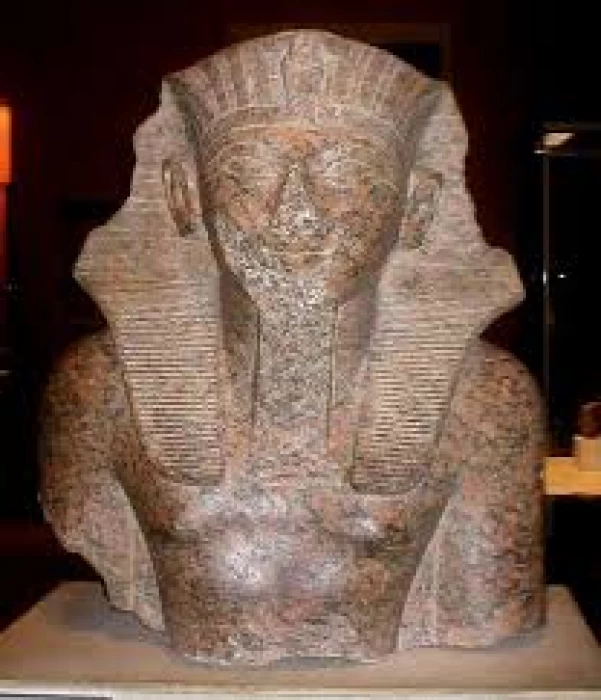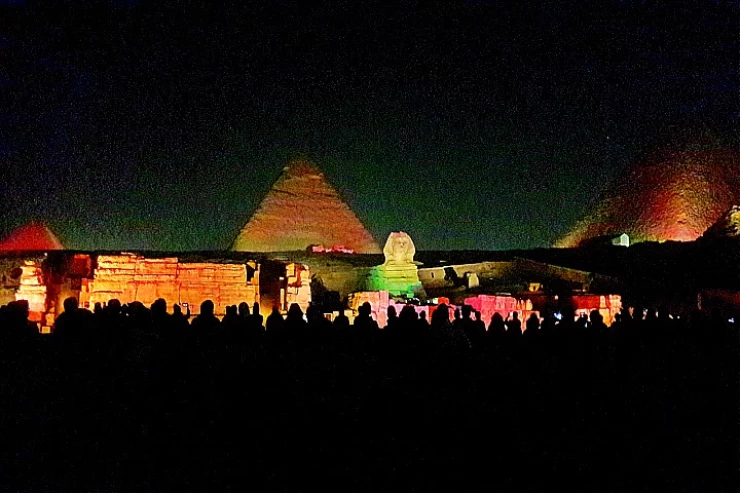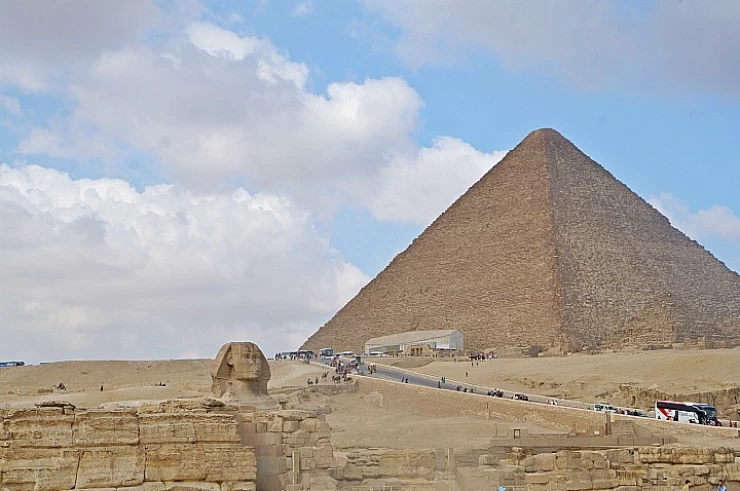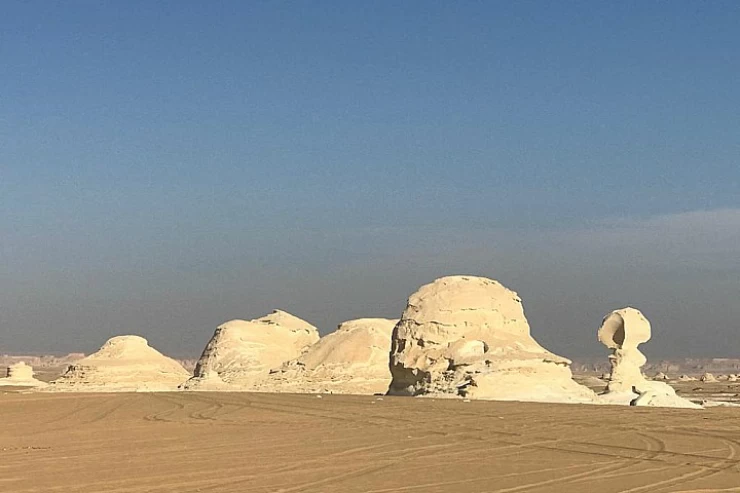
King Thutmose IV
Roi Thoutmosis IV
Il était le grand-père d'Akhenaton. Il a régné pendant 8 ou 9 ans. est probablement le plus célèbre pour sa " Stèle de rêve, qui se trouve encore aujourd'hui entre les pattes du grand Sphinx à Gizeh.
Les rêves étaient importants dans l'Égypte ancienne et étaient considérés comme des prédictions divines de l'avenir. Dans la "Stèle de rêve" de Thoutmosis IV, il nous raconte que, alors qu'il était en voyage de chasse, il s'est endormi à l'ombre du Sphinx. Re-Harakhte, le dieu soleil incarné dans le Sphinx, vint à lui dans un rêve et lui promit que s'il déblayait le sable qui recouvrait le sphinx, Thoutmosis deviendrait roi de la haute et de la basse Égypte.
Nous savons que Thoutmosis IV était probablement marié à Mutemwiya, cependant, même si le roi est connu comme le "conquérant de la Syrie". Thoutmosis IV a terminé un obélisque colossal d'environ 32 mètres, c'était le plus haut obélisque égyptien que nous connaissions et était uniquement destiné à se tenir comme un seul obélisque au temple de Karnak. La plupart de ses œuvres ont été ajoutées aux temples de son père et de son grand-père.
Son bâtiment le mieux attesté que nous devons connaître aujourd'hui est sa propre tombe, Kv. 43, situé dans la Vallée des Rois et découvert par Howard Carter. Cependant, sa momie avait disparu de sa tombe, mais elle a été retrouvée cinq ans plus tôt dans une cache de momies située dans la tombe d'Amenhotep II.
Il est arrivé sur l'Euphrate et a mené au moins 17 expéditions militaires en Palestine et en Syrie. Pendant son règne, l'Égypte a atteint sa plus grande étendue, englobant des dominions en Syrie, en Canaan, au Sinaï et dans toute la Nubie, ainsi que des relations commerciales productives avec les royaumes voisins.
Peut-être mieux connus sont les belles tombes privées construites par ses nobles sur la Rive ouest à Louxor (ancienne Thèbes) dans une zone communément appelée les Tombes des Nobles.
Je vous conseillerais de voyager en Égypte et de voir sous vos yeux la grandeur des anciens Égyptiens comme le montrent leurs monuments, tombes, pyramides,etc.

















